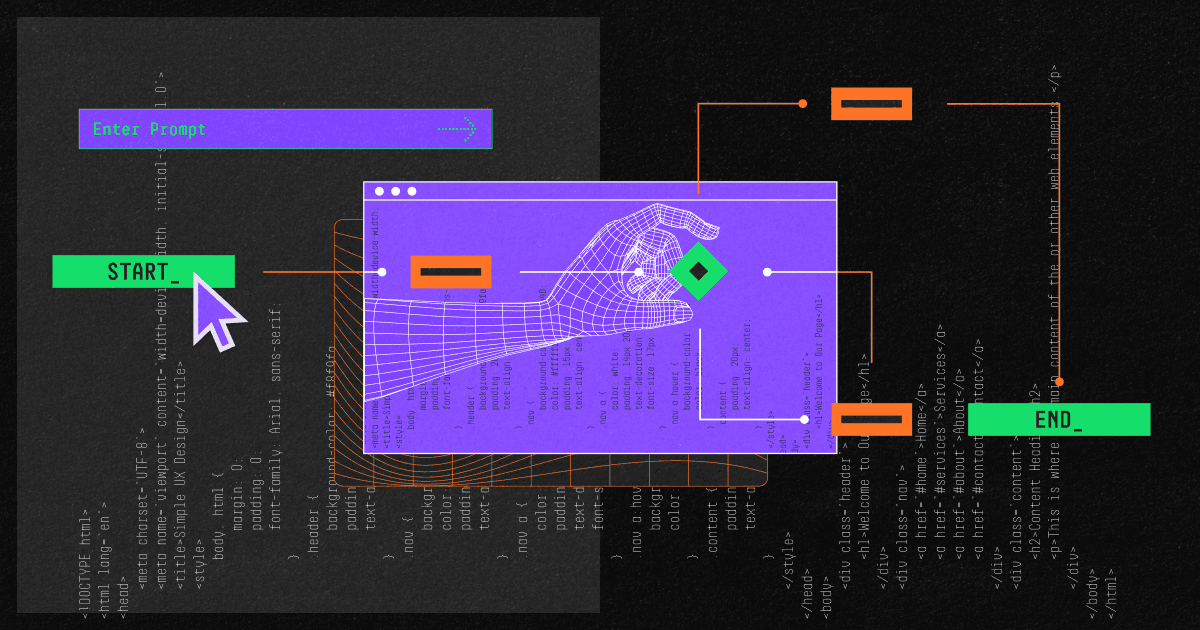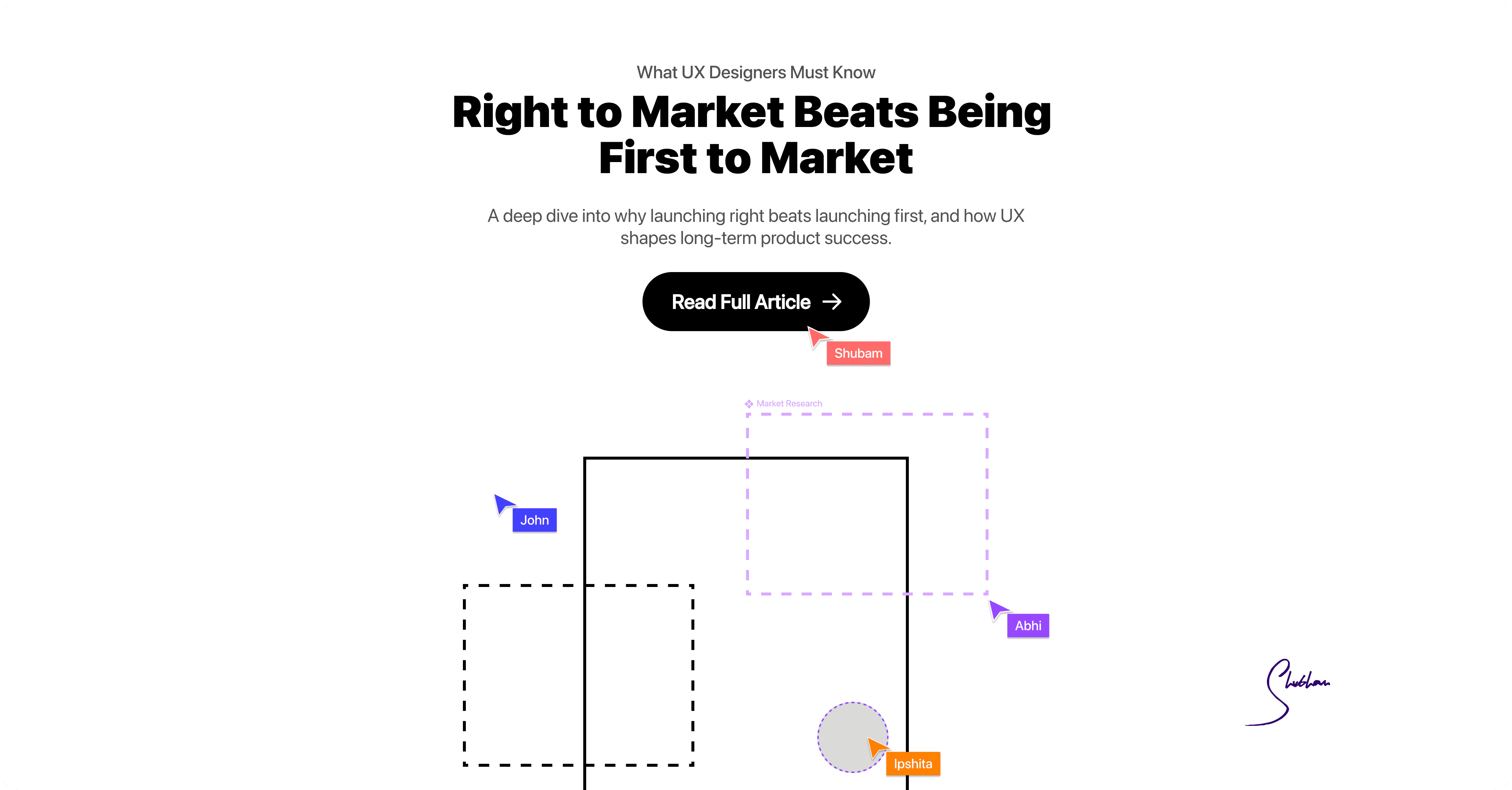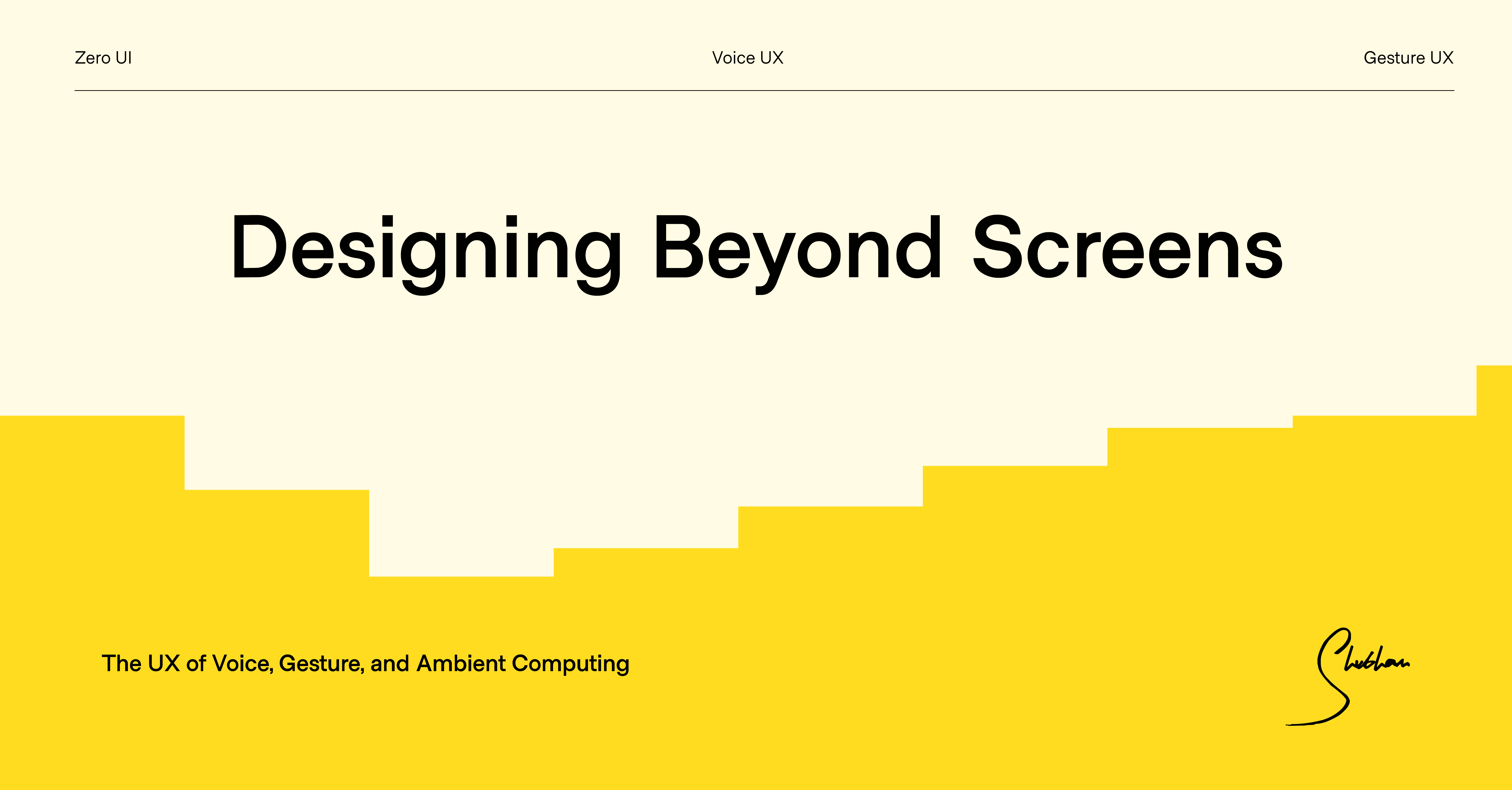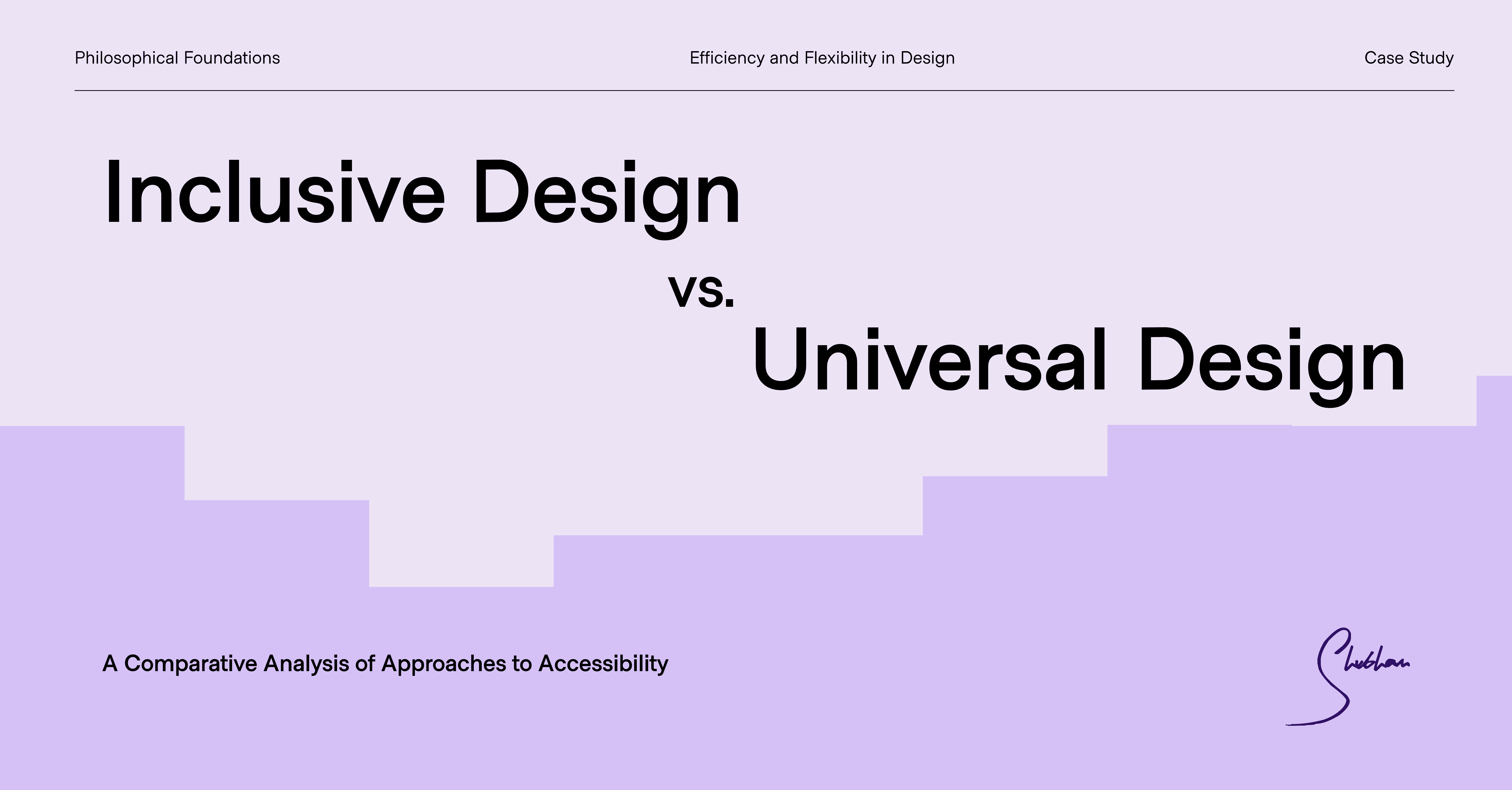Imagine, it’s a cold winter evening, and snow blankets the streets outside. A thick fog fills the air, making the world outside quiet and mysterious. You walk into your home, shivering from the icy winds, your breath visible in the frosty air. As you step inside, the lights softly brighten, the heater warms the room to your favourite cozy setting, and the scent of cinnamon tea drifts in from the kitchen.
Noticing that you seem tired but calm, your AI assistant says, “Here’s something to match your mood.” Moments later, Atif Aslam’s soothing songs begin to play, and the room’s lights dim to a golden glow. The fog outside might hide the world, but inside, everything feels peaceful, welcoming, and just right for you.
This seamless experience isn’t just a dream. It’s the power of AI-driven multimodal interfaces in a world where technology doesn’t just follow your instructions but understands your mood and creates the perfect environment, making every moment feel personal and effortless.
The Foggy Challenge of Human-Computer Interaction
Fog, both literal and metaphorical, represents the challenges faced by traditional human-computer interaction systems. For decades, technology required precision and effort from users memorizing commands, tapping screens, or using exact voice instructions. These single-mode interactions were rigid, much like navigating a foggy road without headlights.
Multimodal interfaces transform this experience, allowing communication through voice, gestures, touch, and gaze. Imagine pointing toward a fogged-up window and saying, “What’s the forecast today?” The system doesn’t just answer it displays the weather on your tablet, adjusts the room temperature, and offers a quick wardrobe suggestion based on the chill outside.
This evolution isn’t just a technological leap it’s a redefinition of how humans and machines connect.
The Role of AI: Decoding the Multimodal Landscape
At the heart of this transformation lies AI, acting as the orchestrator that deciphers complex inputs and creates seamless interactions.
Context Awareness: AI interprets not just words but the intent behind them. When you murmur, “It’s too cold,” while tightening your scarf, AI adjusts the heater, considering both the weather outside and your behaviour.
Multimodal Integration: Voice, gestures, and even environmental cues are processed together to provide the most relevant action. For example, your glance toward the window triggers AI to overlay weather data on the nearest screen.
Adaptive Learning: With every interaction, AI becomes more attuned to your habits. It remembers your preference for soothing music on foggy mornings and anticipates your needs before you express them.
Technical Use Cases: Solving Real-World Problems
Driving Safely in Dense Fog: On a foggy evening, your car’s AI assistant takes control of navigation. It collects real-time data from environmental sensors, overlays fog density on the dashboard, and uses predictive algorithms to calculate a safer route. Adjusting the headlights and interior lighting based on visibility, it creates an optimized driving experience, ensuring safety even in challenging conditions.
Enhancing Precision in Medical Procedures: In a busy operating room, clarity is critical. Multimodal AI helps surgeons by integrating voice commands, gesture recognition, and visual processing. When a surgeon says, “Focus on the upper quadrant,” the system identifies the request and zooms in on the specified area, aligning visual data with contextual speech inputs for precision and efficiency.
Simplifying Financial Complexity: Multimodal AI makes banking intuitive. When Maya, feeling anxious about her finances, asks her assistant, “How much can I save this month?” the system analyzes her spending patterns, uses tone analysis to detect stress, and presents a visual breakdown of her finances.
The Architecture: Building Multimodal Intelligence
At the core of AI-driven multimodal interfaces is a sophisticated architecture designed to interpret and integrate diverse inputs.
Modality Components: Handle input from various channels, including voice, gestures, touch, and environmental data.
Interaction Manager: Selects the optimal mode of interaction based on context and user preference.
Data Modules: Collect and process user inputs while maintaining historical context to personalize responses.
Application Logic: Ensures real-time, seamless responses by governing system behaviour.
Knowledge Representation Layer: Maps semantic data for nuanced decision-making, connecting user actions to meaningful system outcomes.
This layered design ensures adaptability, even in complex environments like foggy weather or unpredictable human behaviour.
Future Trends: The Path Ahead
Emotionally Adaptive Interfaces: Imagine waking up frustrated on a foggy morning because of delayed plans. AI, sensing your mood through tone and expressions, adapts its suggestions—offering solutions like rescheduling tasks or suggesting a calming playlist to ease your frustration.
Immersive AR for Navigation: During a foggy hike, AR glasses equipped with multimodal AI could overlay directional cues onto your path, integrating voice navigation, gesture-based interactions, and real-time environmental analysis to ensure safe and intuitive guidance.
Accessibility for All: Multimodal systems are paving the way for inclusive technology. For individuals with disabilities, these interfaces provide new modes of interaction, like gesture-based controls for those unable to speak or touch-based feedback for the visually impaired.
Conclusion: Lighting the Way Forward
On that foggy winter evening, as your AI assistant effortlessly creates a warm and soothing ambiance, it’s clear how far technology has come. Multimodal AI is not just about responding to commands—it’s about understanding you. It weaves together your words, gestures, and even your emotions to create a seamless, human-like interaction that feels intuitive and personal.
From guiding drivers safely through dense fog to assisting surgeons with precision and simplifying everyday tasks, multimodal AI redefines what it means to interact with machines. By blending intelligence, adaptability, and empathy, it transforms technology into a trusted companion that enhances every moment.
As the fog outside clears and the world comes into focus, so does the promise of a future where technology doesn’t just serve us—it understands us, anticipates our needs, and seamlessly fits into our lives. This isn’t just the next step in human-computer interaction; it’s a vision for a smarter, more connected, and deeply human tomorrow.




